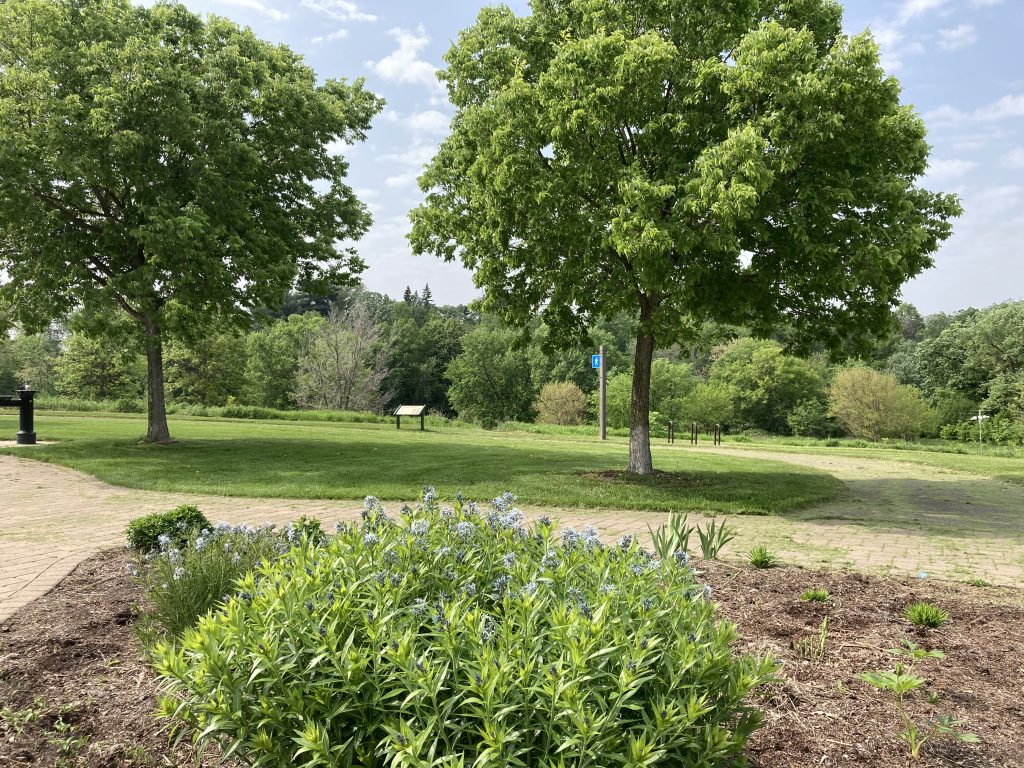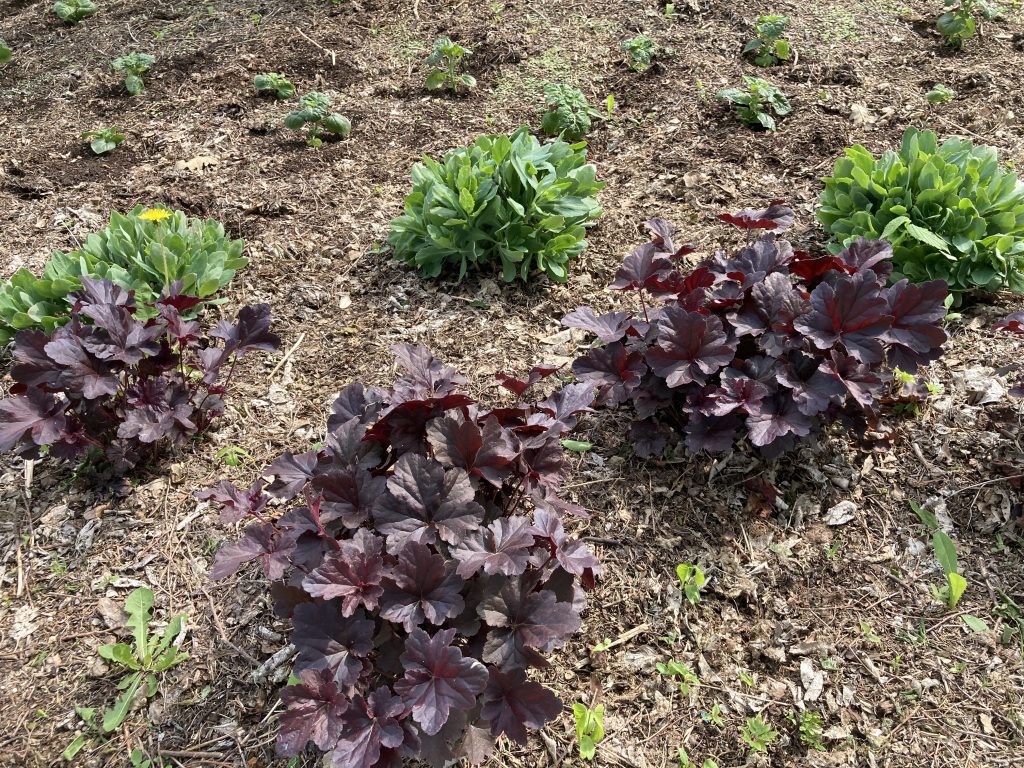3.35
2 trails
71 degrees
Another late morning run, just before 11. Warm, bright sun. I felt good during my run, not great, but good, especially considering this is my 4th day in a row running. Listened to Taylor Swift’s Lover as I ran south on edmund boulevard and raced a runner on the trail — I’m not sure they knew we were racing, and we weren’t really, it just seemed like it sometimes. When I reached the winchell trail, I took out my headphones and listened to my breathing, my feet striking the debris on the trail — pebbles, acorn shells, mushy mulch, and a few scattered voices from above.
10 Things
- the trickle of water out of the sewer pipe at 42nd
- a kid calling out above the oak savanna
- more trickling near the ravine
- thump thump thump — acorns dropping on the pavement
- a darting squirrel who noticed me approaching and quickly retreated into the trees
- the tree that fell in the ravine in may or june, still there draped across the path
- a man peering over the fence on the winchell trail — was he studying the sewer pipe and the water dripping out of it?
- a biker speeding down the hill above the tunnel of trees — did he just call out, wheeeee!!
- someone in the driveway at the house that posts poems on their front windows
- my shadow — I remember that she was dark and sharp, but was she ahead of me or off to the side?
Doxorubicin: Infusion/ Lauren Paul Watson
The eye sees only three colors—cardinal in the garden, green bough, blue sky.
This morning, a wreck of brightness, not light,
but the memory of light. Not red but the memory of flying.
Here, a tenderness too bright to look on.
White breeze of a blanket settling on a chair.
A sequined purse turned disco and shattering
the room’s blue air. Someone is moving her lips
as someone else speaks opposite.
Someone is sleeping in a pickle of light.
Above me, outside, the cardinal, walking along the gutter,
stops high above my shoulder
like a fact that can’t be held.
Here, the body undoes itself.
The lung, its flutter. The sacrum’s
sacred shield. Every red cell.
The clouds come and go as themselves.
Who says when the body is better?
Why should I believe them?
Why, this morning, is the eye lidded down,
salt-smudged, confusion, watercolor and linen?
Can I not be the day’s exception?
Do I close my eyes or open them?
I like how she uses color here. Doxorubicin is used in chemo for treating cancers like breast cancer.
swim: 3 loops
lake nokomis main swim
78 degrees
A beautiful evening for a swim! I felt fast and strong and buoyant today. No buoy tethered to my torso leaking air and weighing me down. As usual, I saw most of the orange and green buoys (and barely) only just before I reached them. The buoy I could see the best was the first orange one as I swam from the green buoy towards it. Ran into one person — I think it was their fault, but it could have been mine. I don’t remember seeing any minnows or silver flashes or ducks or seagulls or planes. Saw one very menacing sailboat, 2 swans, and a canoe. I mostly breathed every 5 strokes. My nose plug only needed to be adjusted once. My goggle didn’t leak. Hooray!
The water was opaque — light brown? — and not too cold. Not too many swells, no waves washing over me as I tried to breathe.
Remember hearing the sloshing and slapping of water from other swimmers’ hands entering the water when I stopped mid-lake to adjust my nose plug.
Colors: dark green trees, light green buoys and swim caps, pink and yellow safety buoys, orange buoys, red kayaks, white swans, white sails, a white boat’s bottom, a silver roof top, blue sky, brown water, black wetsuits
No reciting poems or interesting thoughts or moments of wonder. Just non-stop effort and a chance to lose track of time.

